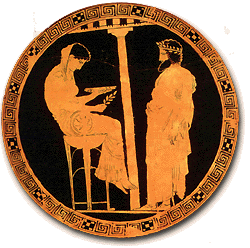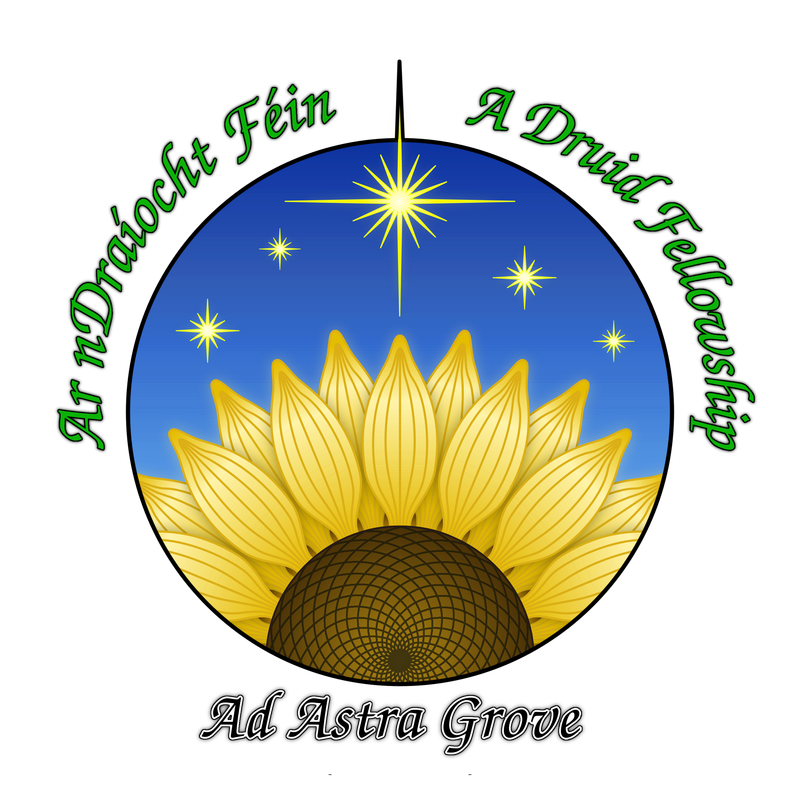Paperwork to become a provisional (Chartered Grove) has been sent into Mother Grove. I don't know if we will get word back in time for the ritual this equinox, but I am sure we will know by Samhain. This is a big step for our little congregation. We will become a full blown official church in the eyes of the state of Kansas. I am excited and have my fingers and eyes crossed for approval from the Mother Grove. May they have mercy on my poor nerves and decide fast.
Okay back to the plan...The goal? To finish Divination 1 by the end of the month.
In an effort to also do more here (the way I should be doing, but, for whatever crappy excuse, I have not), I will be posting the essays as I finish first drafts. Why first drafts, and not the finish product, you may well ask? Well, because I would love feedback to help improve these essays before I hand them in. In short, I am lazy with "teh ed-it-in." So without further ado... Question One:

Astrology is a common form of divination seen even outside of Indo-European cultures. It has been used to predict the shifting of the seasons, as well as predictions of what the Gods wish to happen in an individual’s life.
While there are parallels between Babylonian astrology and other forms of astral divination used by the Greeks, Egyptians, and Indian cultures; each cultures seems to have put their own unique twist on the concepts of how the stars affect life on Earth. The Greeks understood, through observation, that eclipses were predictable, as were some comets.
“The basic feature of this “new astrology” is the knowledge that the movements of the celestial bodies can be exactly calculated in advance. Consequently, celestial phenomena could no longer be regarded as willed communications from the Gods...” (pg. 51, Koch-Westenholz, Koch).
Western Tropical astrology (the type most modern westerners use) has its origins in how the Greeks applied “the new astrology.” The Greeks took the Babylonian and Near eastern forms of astrology and combined it with their own indigenous beliefs about the sky. Hellenistic astrology became horoscope based. This means that the planets and stars, as well as how they were positioned in the night sky, influenced the fate of individuals as well as nations. The star signs a person was born under (natal chart) could influence how a person would expressed themselves and what their ultimate fate would be. Hour markers as well as the 12 celestial houses were born in Hellenic astrology [2]
Gola is spherical or positional astronomy; where are the planets and constellations currently located in the sky.
Ganita is a form of Astronomical mathematics used with the Gola.
Jataka provides natal astrology and natal charts.
Muhurta deals with selecting an auspicious time to start something
Nimitta deals with omens and portents.
Prasna deals with answering specific questions based upon the time the question is asked.
Astronomy and astronomical calculations are under the Ganita skanta branch and include the Gola and Ganita branches. Individual persons horoscopes are calculated under the Hora skanta branch. The fate on horoscope of a nation are found under the providence of the Samhita skanta branch.
A great deal of Vedic astronomy was later influenced by the Greek system when Alexander the Great invaded and made Greek culture a major player in the Indus Valley region. Despite the Greek influence, the Hellenic and Vedic astrological charts have some differences. The Vedic tradition uses different fixed star positions to account for the different movements of the vernal equinox. [5] This means that there is one extra star sign in the natal charts of the Vedic version then exists in the Hellenic charts.


 RSS Feed
RSS Feed
